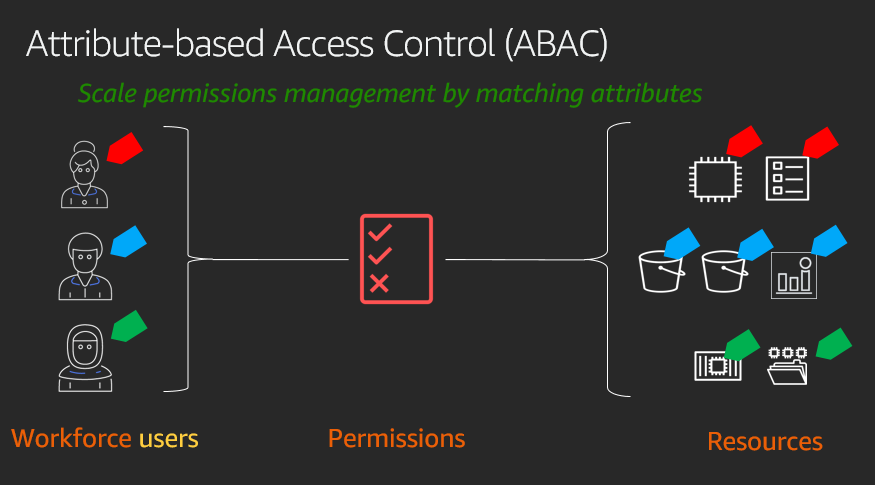Leveraging Amazon Connect and Amazon Lex to Automate Third-Party System Interactions
Integrating Amazon Connect and Amazon Lex with third-party systems is a powerful way to extend their capabilities and create more comprehensive solutions.
Here are some steps to help you integrate Amazon Connect and Amazon Lex with third-party systems:
1. Choose the Third-Party System: The first step is to choose the third-party system you want to integrate with. You can integrate Amazon Connect and Amazon Lex with a variety of third-party systems, such as CRMs, marketing automation tools, and analytics platforms.
2. Determine the Integration Method: Once you have selected the third-party system, you need to determine the integration method. You can integrate with third-party systems using APIs, webhooks, or custom integrations.
3. Create an Amazon Lex Bot: Create an Amazon Lex bot that can understand and respond to customer queries. You can use the Amazon Lex console or AWS CLI to create your bot.
4. Configure Amazon Connect: Configure Amazon Connect to use your Amazon Lex bot. You can do this by creating a contact flow that integrates with your Amazon Lex bot.
5. Configure the Third-Party System: Configure the third-party system to receive data from Amazon Connect and Amazon Lex. You may need to create custom fields or map existing fields to receive the data.
6. Test the Integration: Test the integration to ensure that data is being transferred correctly between Amazon Connect, Amazon Lex, and the third-party system. You can use Amazon Cloud Watch to monitor the integration and troubleshoot any issues.
7. Monitor and Maintain the Integration: Monitor the integration to ensure it is working as expected and maintain it as needed. You may need to make changes to the integration if there are changes in the third-party system or if you want to add new features to your integration.

Simplifying Complex Workflows with Amazon Connect and Amazon Lex Integrations
Amazon Connect allows customer calls to get information from the third-party system. An Amazon Connect contact flow is required to get the callers input, which is then sent to Amazon Lex. The Amazon Lex bot must be granted permission to interact with an Amazon Connect contact flow. As shown in below Figure the Get customer input block must call the fallback intent of the Amazon Lex bot. The Figure demonstrates a basic flow used to get input, check the response, and perform an action.

This way Amazon Connect, Amazon Lex, and AWS Lambda functions can be used together to create common interactions with third-party systems. This is a flexible architecture and requires few changes to the Amazon Connect contact flow. You don’t have to set up pre-defined utterances that limit the allowed inputs. Using this solution, AWS customers can provide flexible solutions that interact with third-party systems.










